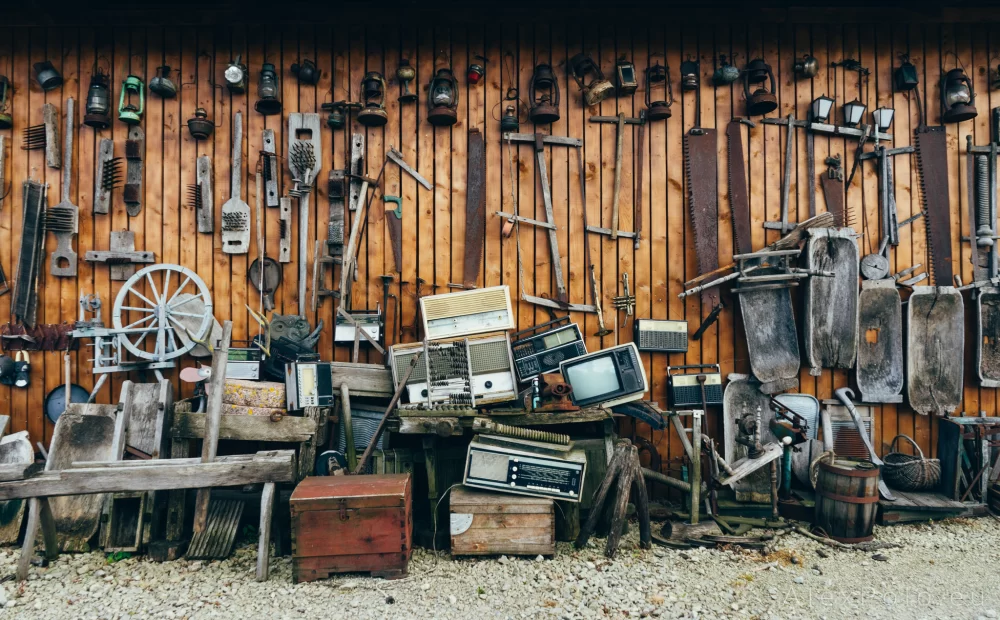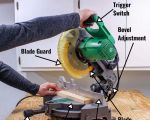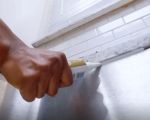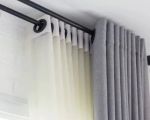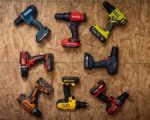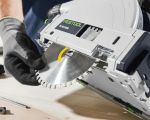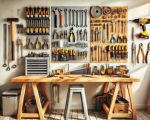- understanding-the-purpose-of-a-crowbar
- choosing-the-right-type-of-crowbar-for-demolition
- preparing-your-demolition-site-safely
- core-techniques-on-how-to-use-a-crowbar-for-demolition
- real-life-demolition-use-case-with-crowbars
- common-mistakes-and-how-to-avoid-them
- maintaining-your-crowbar-for-long-term-use
- toolnest-recommendations-for-crowbar-users
1. Understanding the Purpose of a Crowbar
A crowbar, often referred to as a wrecking bar or pry bar, is an essential hand tool for demolition tasks. Its primary function is to create leverage to pull apart materials such as wood, nails, tiles, or even drywall. Knowing how to use a crowbar for demolition can significantly reduce time, effort, and injury risks on-site. It’s especially valued for its simplicity and strength in both residential and industrial demolition work.
2. Choosing the Right Type of Crowbar for Demolition
Not all crowbars are created equal. When selecting a crowbar for demolition projects, consider the following types:
- Standard crowbar: Great for prying apart boards and removing nails.
- Gooseneck bar: Features a curved end perfect for leverage in tight spaces.
- Flat pry bar: Better for precise work, like baseboard removal.
- Wrecking bar: The heavy-duty version ideal for tearing down walls or frames.
Consider material too—steel bars offer durability while fiberglass or rubber-coated handles provide better grip and vibration resistance. ToolNest offers a wide range of crowbars matched by project type and user experience.
3. Preparing Your Demolition Site Safely
Before you even pick up your crowbar, it’s crucial to prep your demolition area:
- Shut off utilities: Power, water, and gas lines should be safely turned off.
- Clear the workspace: Remove furniture and valuables to avoid accidental damage.
- Wear PPE: Safety goggles, gloves, steel-toed boots, and a dust mask are non-negotiable.
Proper preparation ensures that you’re not using a crowbar blindly, which can lead to accidents or property damage. Always scan walls with a stud finder and check behind materials if possible. Mark load-bearing elements to avoid structural issues.
4. Core Techniques on How to Use a Crowbar for Demolition
Here’s how to use a crowbar for demolition projects like a pro:
- Start at the weakest point: This could be a seam, edge, or pre-existing crack. Insert the crowbar tip and twist gently to create a gap.
- Use your body weight: Rather than brute force, apply slow and steady pressure using your body’s momentum.
- Leverage efficiently: Use the fulcrum technique—place the curved end against a solid surface and push down on the straight end.
- Loosen before removing: For embedded nails or boards, wiggle first, then pull to prevent breakage or splintering.
Always maintain a firm grip and steady footing. Avoid swinging wildly—crowbar work is about calculated force, not uncontrolled strength.
5. Real-Life Demolition Use Case with Crowbars
In 2023, a DIY enthusiast in Austin tackled a garage tear-down to make space for a new workshop. Instead of hiring a crew, he used a gooseneck crowbar and a sledgehammer to remove old studs, shelving, and nailed panels. It took him three weekends, and he saved over $3,000 in labor costs.
He documented his process online, noting that the crowbar became his go-to tool: “The crowbar was ideal for wedging between beams and popping off nails without damaging the surrounding frame. I used a heavy-duty bar from ToolNest—it never bent, even when dealing with water-damaged wood.”
6. Common Mistakes and How to Avoid Them
Using a crowbar improperly can lead to injury, damage, or wasted effort. Here are frequent missteps and how to steer clear:
- Poor hand placement: Keep hands away from pinch points, especially when levering against a wall or floor.
- Forcing it: If it won’t budge, reassess—forcing may mean something’s nailed deeper or connected structurally.
- Wrong tool for the task: Trying to lift drywall with a heavy wrecking bar? Use a flat bar instead to avoid crumbling edges.
- Overexertion: Demolition is tiring. Take breaks to avoid fatigue-related accidents.
Respect your tool and the process. Demolition is methodical destruction—it requires patience, precision, and planning.
7. Maintaining Your Crowbar for Long-Term Use
A crowbar is a tough tool, but proper care ensures it lasts for years:
- Clean after use: Wipe off dirt, moisture, and debris to prevent rust.
- Inspect regularly: Check for cracks or bends, especially if it’s been heavily loaded.
- Store properly: Keep it dry and upright in a toolbox or mounted on a tool wall.
- Sharpen edges: If your crowbar has a flat end for nail pulling or chiseling, a light sharpening can maintain effectiveness.
A maintained crowbar not only performs better but is safer to use under pressure.
8. ToolNest Recommendations for Crowbar Users
If you're in the market for a high-quality crowbar suited for demolition, ToolNest offers curated selections for beginners, contractors, and DIYers. From titanium lightweight models to traditional heavy-duty wrecking bars, they carry options that balance durability and ergonomics.
They also provide detailed usage guides and bundled kits that include gloves, safety glasses, and storage racks—ideal for those starting their demolition journey or upgrading their toolkit.

